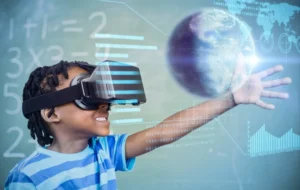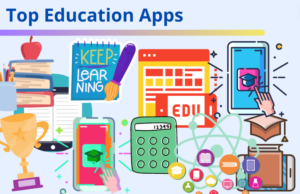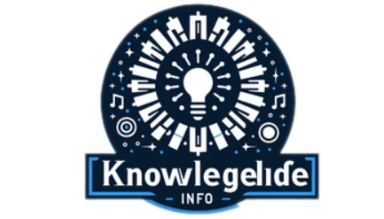
In the dynamic landscape of education, technology continues to drive significant transformations. As we progress through 2024, innovative learning apps are redefining how students engage with their studies, enhancing both teaching and learning experiences. This article explores the latest advancements in educational technology and their impact on student learning.
1. The Rise of Adaptive Learning Apps
Adaptive learning apps have become a game-changer in personalized education. These platforms use artificial intelligence (AI) to tailor educational content to individual students’ needs. By analyzing students’ strengths, weaknesses, and learning styles, these apps provide customized lessons and practice exercises. This approach ensures that students receive targeted support, improving their understanding and retention of material.
Examples:
- Knewton: Offers personalized learning paths by adapting to student performance in real-time.
- DreamBox: Provides a tailored math curriculum that adjusts based on student interactions and progress.
2. Gamification and Interactive Learning
Gamification has emerged as a powerful tool to make learning more engaging. By incorporating game-like elements such as rewards, levels, and challenges, educational apps motivate students to actively participate in their learning journey. Interactive learning apps foster a sense of achievement and encourage continuous progress.
Examples:
- Kahoot!: Uses quizzes and game-based learning to make lessons fun and interactive.
- Duolingo: Combines language learning with gamified elements to enhance student motivation.
3. Virtual and Augmented Reality in Education
Virtual Reality (VR) and Augmented Reality (AR) are revolutionizing how students experience educational content. VR immerses students in a fully interactive 3D environment, while AR overlays digital information onto the real world. These technologies provide immersive learning experiences that are both engaging and educational.
Examples:
- Google Expeditions: Offers VR field trips to various locations, allowing students to explore historical sites, ecosystems, and more.
- Merge Cube: Utilizes AR to bring 3D objects and interactive content into the classroom, enhancing subjects like science and history.
4. Collaborative Learning Platforms
Collaboration is a critical component of modern education, and technology has facilitated new ways for students to work together. Collaborative learning apps enable students to engage in group projects, share resources, and communicate in real-time, regardless of their physical location.
Examples:
- Microsoft Teams: Provides a platform for students to collaborate on assignments, share files, and participate in video discussions.
- Google Classroom: Facilitates assignment management, communication between teachers and students, and collaboration on projects.
5. AI-Powered Tutoring and Assistance
AI-driven tutoring apps offer personalized help to students outside the classroom. These apps provide instant feedback, answer questions, and offer additional explanations on various topics. AI tutors can simulate one-on-one teaching experiences, supporting students in mastering challenging concepts.
Examples:
- Socratic by Google: Uses AI to help students with homework by providing explanations and resources based on their queries.
- Brainly: Offers AI-powered solutions and explanations for a wide range of academic questions.
6. Enhancing Accessibility with Learning Apps
Technology has also made education more accessible to students with diverse needs. Learning apps designed for students with disabilities provide features such as text-to-speech, voice commands, and customizable interfaces, ensuring that all students have equal opportunities to succeed.
Examples:
- Voice Dream Reader: Assists students with reading difficulties by converting text into spoken words.
- ModMath: Provides digital math tools for students with dyslexia and dysgraphia, helping them to complete math assignments more easily.
7. Data-Driven Insights for Educators
Educational apps are not only benefiting students but also providing valuable insights for educators. By analyzing data on student performance, teachers can identify trends, assess the effectiveness of teaching methods, and make informed decisions to enhance classroom instruction.
Examples:
- ClassDojo: Offers data analytics on student behavior and engagement, helping teachers to tailor their approach.
- Edmodo: Provides tools for tracking student progress and communicating with parents.
Conclusion
As we navigate through 2024, the role of technology in education continues to expand. Innovative learning apps are transforming the educational landscape by offering personalized learning experiences, gamified interactions, immersive environments, and enhanced accessibility. These advancements are shaping a more dynamic and effective learning environment, preparing students for future success. By embracing these technological innovations, educators and students alike can leverage new opportunities to enhance the learning experience.




